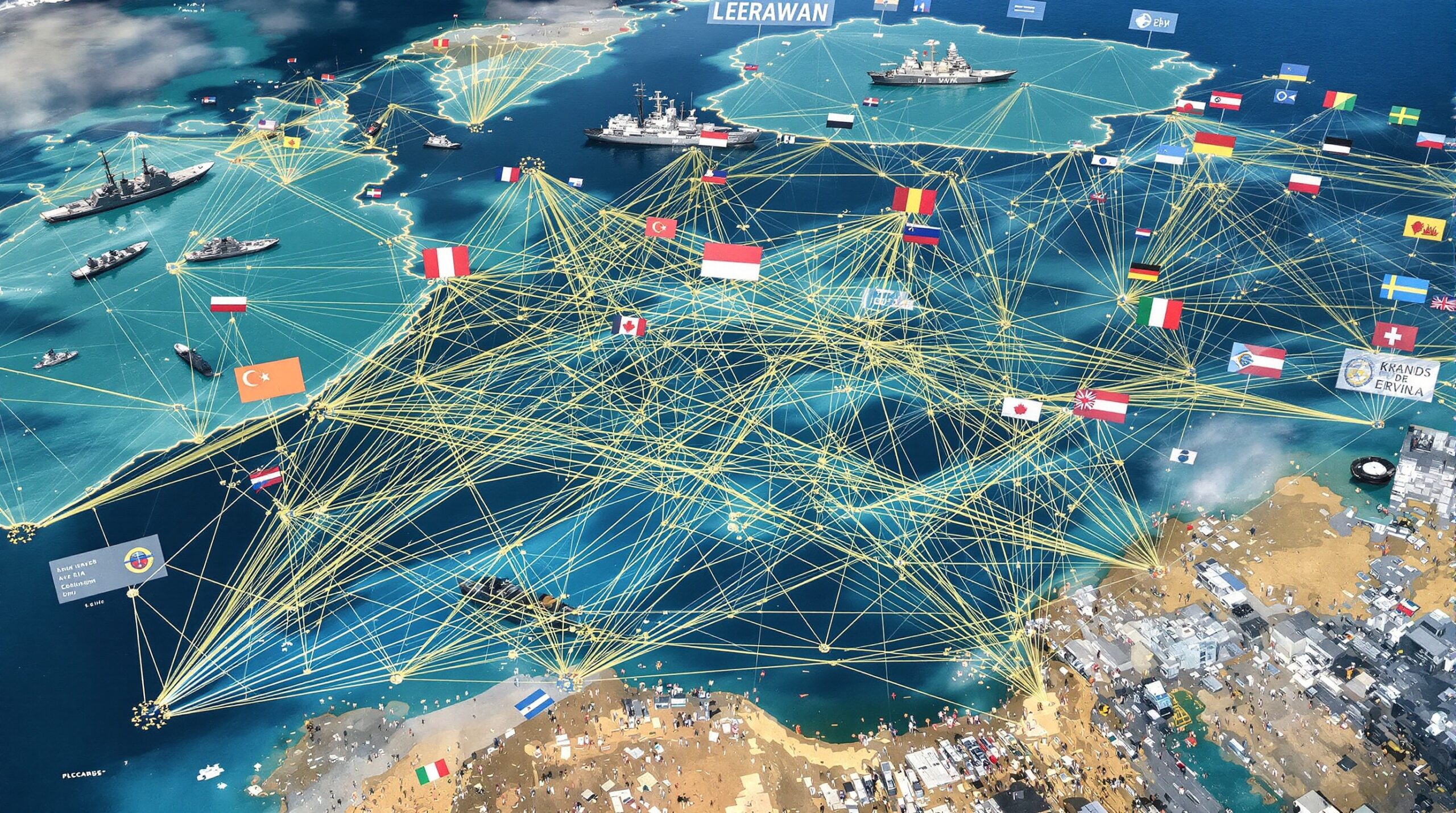The world relies heavily on undersea cables to transmit vast amounts of digital information. Over 99% of international data travels through these submarine systems. These hidden arteries form the core of modern communication infrastructure, enabling global internet, financial transactions, and military coordination. However, the strategic value of these cables has transformed them into arenas of geopolitical contest.
Essential Infrastructure Beneath the Waves
Undersea cables stretch for more than 1.3 million kilometers across the ocean floors. They connect continents, linking major population centers and economies. Fiber-optic lines transmit terabits of data every second, forming the invisible backbone of our connected world. Technology giants like Google, Facebook, and Amazon invest billions to lay and maintain these networks.
Cables require constant upgrades to handle surging internet use and data demands. International consortia and private companies often cooperate on their construction. Despite being simple in concept, these cables represent a critical point of vulnerability for global communications. Damage or sabotage can disrupt everything from government operations to banking transactions.
The Geopolitical Stakes Rise
Nations have begun to view undersea cables as assets central to economic and national security. Control or manipulation of data flows grants powerful advantages. As a result, governments carefully track cable routes and sponsoring companies. Disputes emerge when rival powers attempt to exert influence over existing or planned cables.
The United States, China, and Russia recognize the strategic potential of these networks. Tensions have emerged as each nation seeks to protect or expand its digital reach. The stakes are especially high along critical choke points or cable-dense regions. The South China Sea, the North Atlantic, and the Mediterranean have all drawn interest.
Incidents and Accusations
Reports of hostile activities around undersea cables are increasing. Western militaries monitor Russian submarines near major cable routes with heightened concern. NATO officials warn about the threat of cable-tampering or sabotage in the North Sea and Atlantic Ocean. Targeting a handful of vital cables could cripple segments of digital infrastructure for days or weeks.
Asia presents a similar picture. In 2021, the Pacific Light Cable Network— backed by Google and Facebook—faced US government opposition over its planned route to Hong Kong. Security agencies argued that China could intercept data on the cable. Eventually, the project excluded its Hong Kong landing and rerouted to the Philippines and Taiwan.
Espionage and Surveillance Concerns
Intercepting data from undersea cables is technically challenging, but governments have tried to do so for decades. During the Cold War, the US Navy tapped Soviet cables in the Sea of Okhotsk. More recently, leaks exposed how the US and UK had harvested data from international cable landings. Surveillance remains a core issue when deciding ownership and access.
China has invested in its own secure cable networks and urges countries to join alternative routes. These parallel infrastructures lessen exposure to Western surveillance and could splinter the global internet. As more nations question the security of their online communications, demand for “sovereign” cable systems grows.
Sabotage: A Growing Fear
Physical damage to cables is not without precedent. Accidental incidents from fishing trawlers and anchors happen every year. However, authorities now fear deliberate attacks. In October 2022, unexplained underwater explosions severed the Nord Stream gas pipelines in the Baltic Sea. Though not a cable, the incident highlighted the vulnerability of undersea infrastructure.
Intelligence agencies warn that hybrid warfare may target data cables next. Hidden attacks could cut information lifelines or serve as acts of intimidation. Minor disruptions can create massive economic consequences and erode public trust.
The Challenge of Securing the Deep Sea
Protecting cable routes presents a formidable challenge. Most cables run far beyond shore and outside national jurisdictions. Navies can only patrol limited stretches of underwater territory. Sensor networks and remotely operated vehicles provide increased monitoring, but comprehensive coverage remains impossible.
International law offers little controlled protection for data cables. The 1982 United Nations Convention on the Law of the Sea references submarine cables but lacks effective enforcement mechanisms. Without updated legal frameworks, states largely self-police and negotiate mutual rules.
Economic and Political Influences
The financial stakes for cable ownership and control are enormous. Faster, more resilient routes improve a country’s competitiveness in global trade. Delays in laying cables can cost companies and even countries millions in lost business.
Emerging economies build their own digital corridors to attract investment and spur development. Governments now back projects they deem crucial to sovereignty and international influence. The effect is a global race to claim and protect information superhighways beneath the water.
The Future: Cooperation or Fragmentation?
Global communication demands have never been higher, yet trust in shared infrastructure is fragile. Some advocate for codes of conduct and shared responsibility for cable security. Multinational initiatives, like the International Cable Protection Committee, offer forums for collaboration and threat assessment.
However, distrust between major powers persists. If rival blocs each claim ownership of distinct cable networks, the result may be the “splinternet.” Cross-border data flow could slow or face deliberate “shut off” at times of crisis. Without new agreements, divisions may harden, and the world may lose the benefits of a shared global network.
Conclusion
Undersea cables remain the lifeblood of the internet era. Their strategic value ensures they will stay at the heart of power struggles. The balance between security, cooperation, and open exchange is delicate. As geopolitical rivalries sharpen, these hidden networks underline how the fight for digital dominance often begins—deep under the sea.

